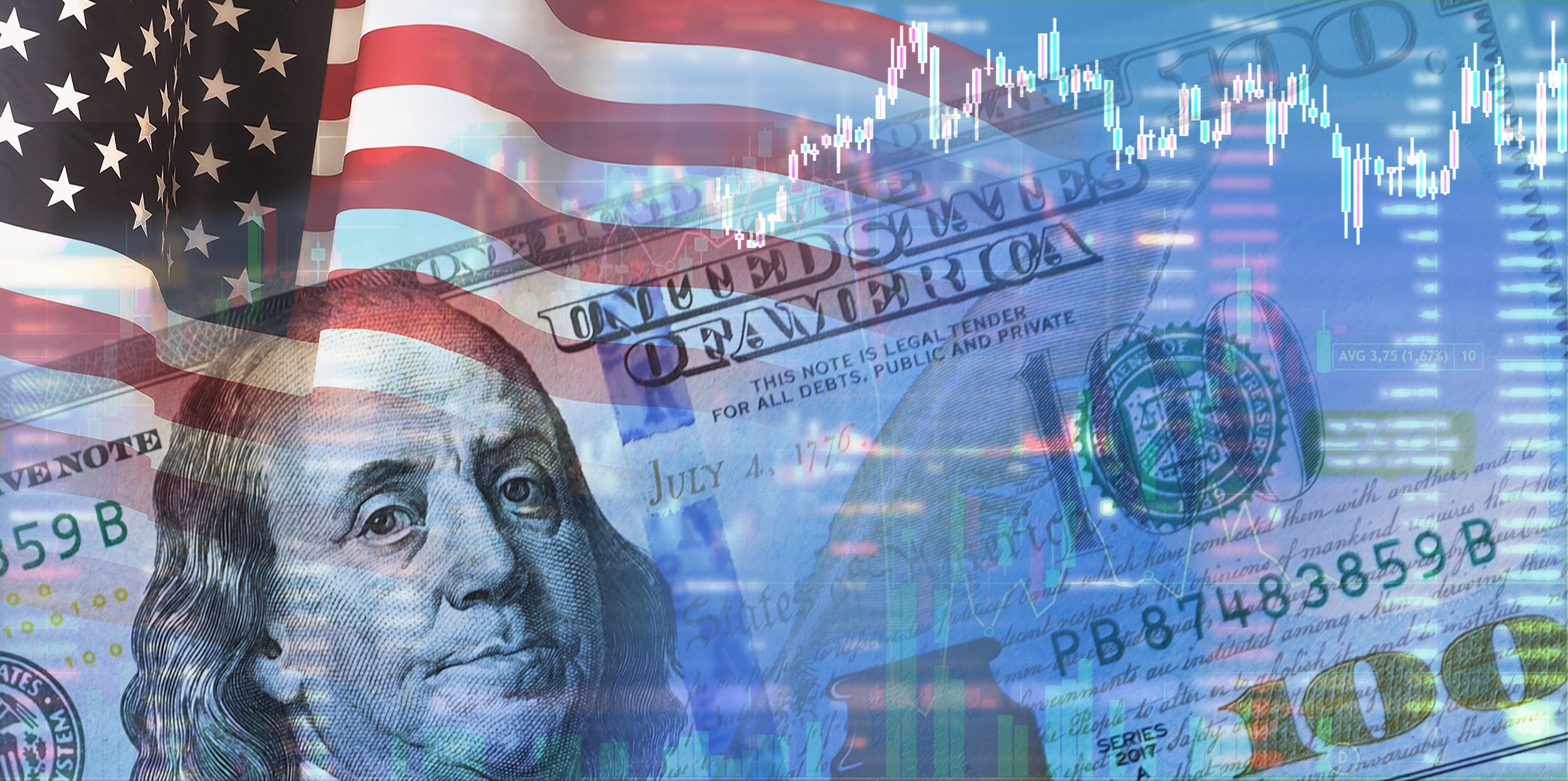Why the Market Cares About a U.S. Default
The U.S. is getting precariously close to a technical default on its sovereign debt, potentially within the next month. The U.S. government, like most governments, runs an annual budget deficit by spending more money on national defense, Social Security, healthcare, interest payments, and other items than it collects from various tax revenues.
How a U.S. Debt Default Might Occur
The deficit spending is funded by debt issued by the U.S. Treasury in the form of bonds and T-bills, which are owned primarily by U.S. citizens and entities, and also by foreign governments and companies. Congress has the role not only of approving spending and taxes, but also of approving the aggregate amount of debt that the Treasury Department is permitted to issue in order to bridge the gap between tax revenue and spending.
If the national debt reaches this “ceiling” without an increase, and the Treasury can’t raise additional funds with bonds and bills, then the government will run out of money to pay its obligations. These obligations include Medicare and Medicaid payments, military and federal employee salaries, funding to states for education and infrastructure, and interest payments on current national debt. If the U.S. stops making interest payments, that would constitute a default on U.S. sovereign debt, which would impact financial markets in a number of ways.
How a U.S. Default Would Affect Financial Markets
An immediate direct effect is that some or all bondholders could stop receiving coupon payments on U.S. bonds. For context, there is about $31.4 trillion of outstanding U.S. debt, about $24.5 trillion of which is held by the public. The cessation of those scheduled payments would cascade throughout the world’s financial infrastructure and affect institutions, individuals, and investment products that depend on them.
Additionally, U.S. bonds are held as the global benchmark for a risk-free rate of return, since the current financial model paradigm assumes that the U.S. will not allow for a default. If there is a default of a couple or a few days at most, with owed payments and associated late fees recouped quickly, the immediate follow-on effects may be relatively limited but the paradigm will have changed, as the foundation of the financial system would no longer have an unquestionably risk-free asset from which to price all other assets.
In the event that there is an extended default, the impact on global financial markets would be immense. Cash flow stoppages would ripple worldwide through financial institutions and deposit accounts for individuals, corporations, and governments. Global equity and fixed income assets would likely experience steep losses and massive volatility as markets and investors attempt to find pricing that reflects a much riskier and uncertain financial environment.
Because the market is a forward-looking probabilistic discounting mechanism, the non-zero chance that the U.S. government could fail to meet its debt obligations is currently reflected to some extent in stock and bond prices. If a default actually occurs, we should expect to see greater discount rates on risk assets and likely higher interest rates that would impact real estate, commodities, business capital investment, and consumer spending. As in every scenario, investors should assess their portfolios to ensure that their allocations are aligned with their risk tolerance, objectives, and time horizon.
Read more on this subject here.
- Anthony Winkels is Managing Partner and Wealth Advisor at Fortis Wealth Management



